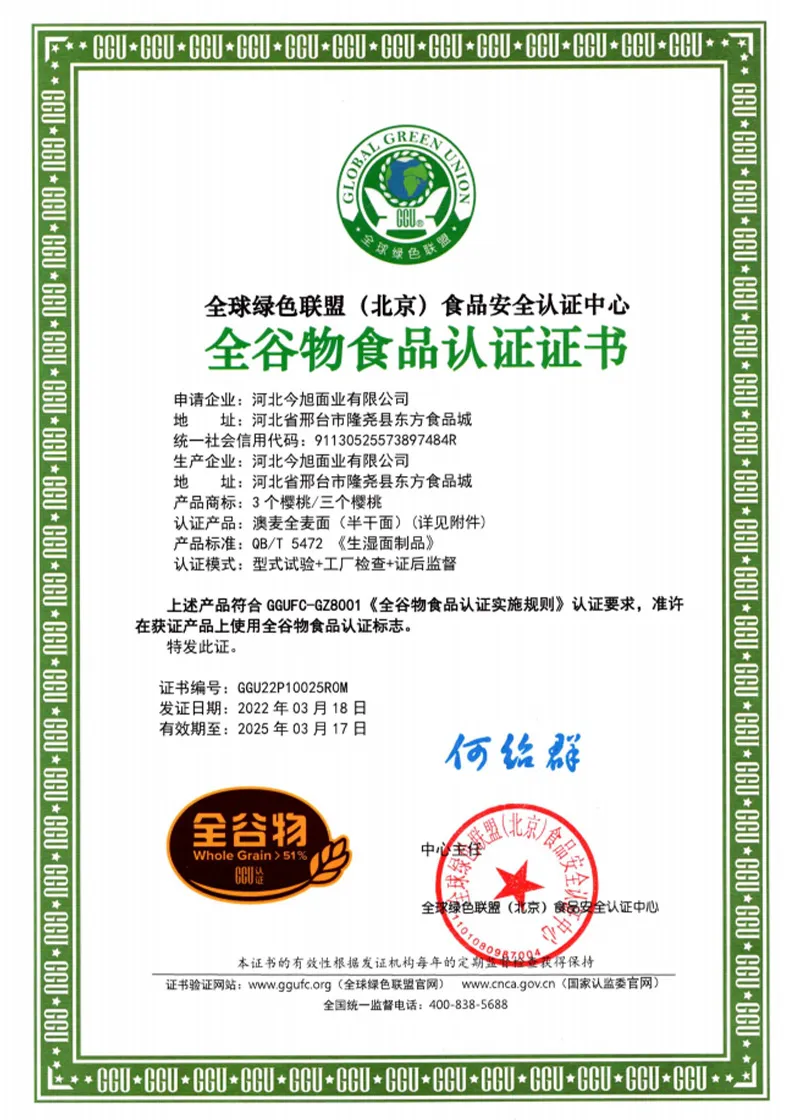Artisan-Made Noodles Crafted by Hand for Authentic Culinary Experience
Hand-Pulled Noodles A Culinary Art Form
Hand-pulled noodles, known as “lamian” in Mandarin, are a magnificent representation of the rich culinary traditions of China. These noodles are not just a staple food; they are an embodiment of craftsmanship and a celebration of the cuisine's deep-rooted history. In many parts of China, particularly in the northwestern regions such as Xinjiang and Gansu, hand-pulled noodles are a beloved dish, often served with a variety of flavorful broths or stir-fried dishes.
The process of making hand-pulled noodles is truly a form of art. It begins with a simple mixture of flour, water, and salt. The dough is kneaded thoroughly to develop gluten, which gives the noodles their signature elasticity. After resting for a while, a skilled chef will begin the pulling process. This involves stretching and folding the dough repeatedly, transforming a single piece into a multitude of long, thin strands. The entire process can appear almost mesmerizing, as the chef skillfully handles the dough with both precision and speed.
Hand-Pulled Noodles A Culinary Art Form
Once prepared, hand-pulled noodles can be enjoyed in a multitude of ways. Traditionally, they are served in a hearty broth enriched with spices and ingredients such as beef, lamb, or vegetables. The noodles absorb the flavors of the broth, creating a harmonious blend of taste and texture. Alternatively, they can be stir-fried with various vegetables and proteins, allowing the noodles to carry the umami flavors of the sauce through every strand.
hand pulled noodles

Hand-pulled noodles hold cultural significance as well. They are often featured in festive celebrations, family gatherings, and special occasions, symbolizing longevity and prosperity. The act of pulling the noodles is sometimes seen as a ritual, connecting generations as family members gather to participate in the process, sharing stories and laughter along the way.
In recent years, the popularity of hand-pulled noodles has transcended borders, gaining recognition in many parts of the world. These noodles can now be found in various international cities, served in both traditional restaurants and modern eateries, where chefs infuse their own creativity into the dish. The global fascination with hand-pulled noodles reflects not only the dish's deliciousness but also the appreciation for authentic culinary techniques and traditions.
As food lovers continue to explore diverse cuisines, hand-pulled noodles remind us of the beauty of simplicity in cooking. They are a testament to the skill and dedication that goes into traditional cooking methods, elevating a basic ingredient into a delightful culinary experience. Whether enjoyed in a bustling street market or a quiet family kitchen, hand-pulled noodles invite everyone to gather around the table, indulge in their comforting flavors, and share in the artistry of this age-old craft.
In conclusion, hand-pulled noodles are more than just a dish; they are a narrative of culture, tradition, and craftsmanship. Their unique preparation and the joy they bring to those who enjoy them make them a cherished part of many culinary heritages. Whether you’re a seasoned food enthusiast or a curious newcomer, experiencing hand-pulled noodles is a delightful way to connect with the essence of Chinese cuisine and its vibrant history.
-
Unlock the Delicious Potential of Yam NoodlesNewsAug.11,2025
-
The Authentic Taste of Lanzhou NoodlesNewsAug.11,2025
-
Savor the Art of Hand Pulled NoodlesNewsAug.11,2025
-
Indulge in the Timeless Delight of Spaghetti BologneseNewsAug.11,2025
-
Indulge in the Rich Flavor of Braised Beef NoodlesNewsAug.11,2025
-
Elevate Your Meals with the Magic of Fresh PastaNewsAug.11,2025
-
Unleash Your Inner Chef with Delectable Italian Pasta CreationsNewsAug.01,2025
Browse qua the following product new the we

















































































































